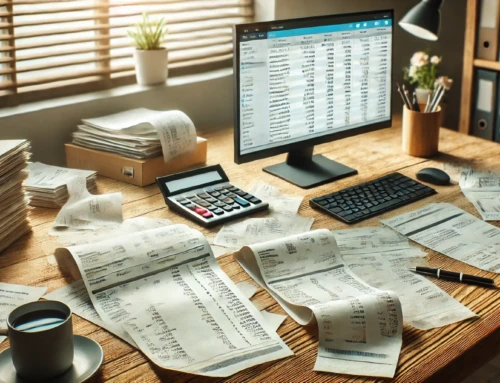A Bill of Materials (BoM) is a comprehensive, hierarchical list of the quantities of components, ingredients or materials needed to make a finished product. In manufacturing, all components required to manufacture a complete shippable item are listed by part number, description and quantity.
The BoM can be used as a picklist of all items issued for production or assembly. It incorporates each part within individual components, detailing everything down to elements such as packaging, labels and fastenings needed in the assembly process. Documented correctly, the BoM is a useful tool for costing finished products.
Why is a BoM important?
The importance of a BoM is that it provides a complete and accurate picture of what is required, and all processes associated with creating a single product.
A manufacturing BoM provides a description of the individual components and the relationship between each separate part used in production. The BoM should include details on the tools and equipment required for assembly, sub-assembly and any consumables needed in the manufacture of the final shippable product.
A BoM is important for eliminating problems in organisations that run lean manufacturing. Ordering the wrong part or incorrect quantities can lead to down time, lost production and the inability to complete production. These errors have the potential to cause lost sales through incomplete or unfilled orders, and can have a significant financial implication for your business.
For companies that outsource manufacturing activities it is particularly important to create an accurate Bill of Materials. The BoM for contract suppliers should be complete, accurate and reviewed at regular intervals to avoid production delays.
Having an all-inclusive measure of total assembly enables better decision making highlighting areas for improved efficiency, cost-effectiveness and enhanced quality.
Why do businesses need a BoM?
The BoM will drive the procurement, manufacturing operations and logistics for product creation. It tells you everything required to build each component of a finished product. The BoM allocates the cost of every item to the end product, from the nuts and bolts to final packaging.
Without a BoM, products are at risk of being built incorrectly or inefficiently. There is also a risk some manufacturing and assembly costs are not correctly allocated to the end product. A detailed BoM helps the manufacturing team understand design assembly, processes and procedures.
A BoM can take different forms and is not limited to traditional manufacturing. In the fast food industry portion control standards would be set for each food item or part. Detailed food assembly procedures and processes would be listed in the BoM as well as all ingredients required to complete a single order or complete a shippable product.
BoM’s save both time and money
Complete knowledge of every component and step in the manufacturing process allows the operations team to make appropriate trade-offs between time, cash flow and control throughout the life of a product.
Information obtained through your Bill of Materials can feed directly into any management software system to further enhance operation efficiencies.






